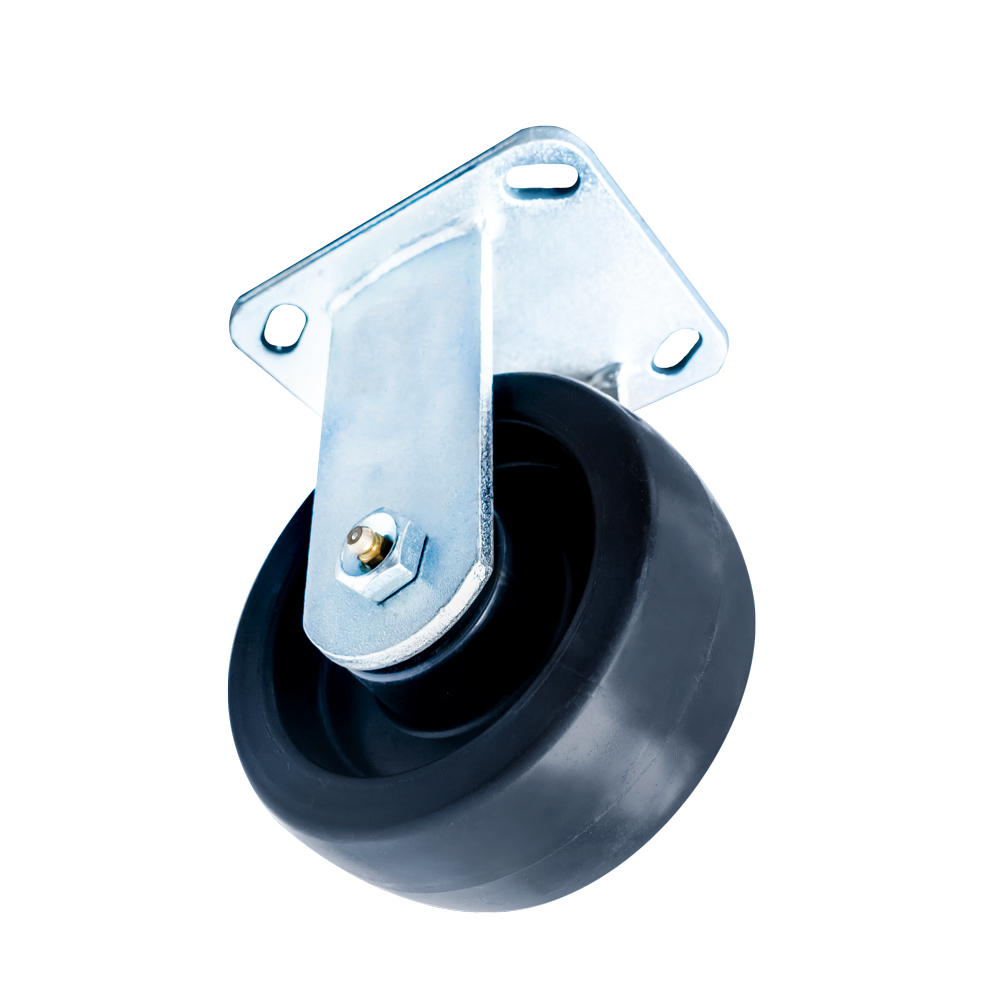
This model may not be as convenient to set up as you'll need a dedicated audio interface with at least one XLR input, but the benefits of which really are night and day for those wanting to stand out in the online content creation sphere. One thing is for sure above all else, though, and that's that the sound profile of the Rode Procaster stands head and shoulders above USB microphones that I had for comparison including the Rode NT-USB, Blue Snowball, and Joby Wavo Pod, too. I should reiterate that there is the smallest amount of noise in movement unlikely to be picked up in operation, but it's definitely something to be aware of. The company's promotional material featuring this microphone does feature the PSM1 and the PSA1+ together in tandem, so the extra expense here would mitigate this small issue. Due to the weight of the Rode Procaster, it does hang a little lower than the PodMic in operation, and some unwanted noise, however minor, can come through when the unit is moved.
Rhode pro caster drivers#
While the internal shock mount does a good job of filtering out any rumbles or vibrations, I would argue that a dedicated shock mount, such as the brand's PSM1 (priced at $39) should be considered if you are going to use a boom arm. Rode Procaster and Windows 10 After looking around for a few hours attempting to discover why my Rode Procaster microphone will not work anymore, I concluded that it was because Microsoft has not come out with the necessary drivers in Windows 10 to make it work. (Image credit: Aleksha McLoughlin / Future) This is due to the 75Hz - 18kHz frequency range and -56.0dB sensitivity, which meant that quieter speaking voices came in crystal clear just the same as louder ones, meaning you should be fully covered when live streaming through in various animated states. Unlike some cheaper dynamic XLR microphones that I've had in the past, which have typically suffered from background noise issues, the Rode Procaster has no such ailment. As a metal musician, I put both the PodMic and this model to the test and found that the Procaster did sound the most accurate of the two if you're someone who wants a microphone for singing, harsh vocals, and louder sounds then you'll find it here. Generally, a dynamic microphone is better at picking up louder sounds, such as vocals and guitar playing for example than a standard condenser and this is arguably the greatest strength that the Rode Procaster benefits from.
Rhode pro caster pro#
This means that whether you've got your hands on the almighty Rodecaster Pro II interface, the more humble out Rode AI-1, or a basic interface from another brand you've got a wide array of options open to you. In my testing, I did experiment with my audio interface of choice between these two different settings and found both setups to produce a warm, rich, and balanced audio profile with either configuration. One thing that instantly struck me as quite surprising is that the Rode Procaster doesn't necessarily require 48V Phantom Power as it's a dynamic mic and not a condenser one. 390 Awall Digital - Andrew Wall 76.2K subscribers The RODE Procaster dynamic microphone is the best XLR mic for Streaming, YouTube, Gaming, Podcasting & Vocals for the money.

(Image credit: Aleksha McLoughlin / Future) Performance


 0 kommentar(er)
0 kommentar(er)
